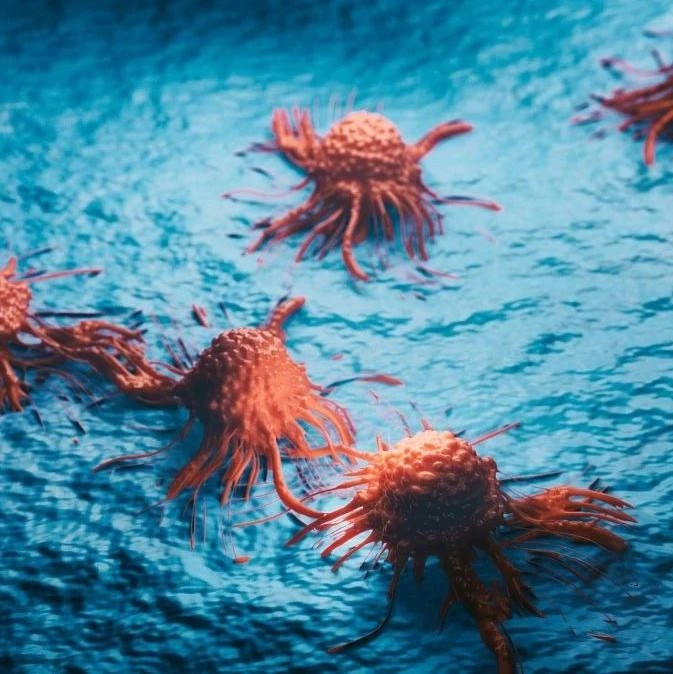摘要:细菌与多种天气事件密切相关,对地球水文循环和辐射平衡至关重要。
据美国物理学家组织网5月25日报道,日前在美国新奥尔良举行的第111届美国微生物学学会会员大会上,蒙大拿大学的研究人员称,细菌等微生物在多种天气事件中都起着重要作用,对地球水文循环和辐射平衡同样至关重要。
蒙大拿大学的亚历山大·米肖研究发现,在冰雹形成的第一个阶段就已经有细菌的存在,这意味着在冰雹形成早期细菌就参与其中。由于在云中形成的冰晶是形成降雪或降雨的一个重要条件,这些细菌微生物在冰晶的形成中又起着重要作用,因此除冰雹外,降雪、降雨等其他形式的降水可能也与此相关。
米肖和他的同事是在对数个直径超过5厘米的雹块进行分析后得出上述结论的,这些冰雹收集自2010年6月该校所在地区的一场强对流天气当中。研究人员将这种大冰雹分成了四层,对每一层都分别进行融化和分析。结果发现越接近冰雹内核,可被培养的细菌数量越多。
米肖说,成核的粒子或微粒是形成有效降水的一个重要条件,只有这样才能将水分子聚集在一起。已经有越来越多的证据表明,这些核可以是细菌或者其它生物微粒。
出席该次会议的路易斯安那大学的布伦特·克里斯特纳说,云层中的悬浮微粒对冰核的形成起着重要作用。在云层温度相对较高的情况下,冰晶无法自发形成,必须有赖于冰核的存在。虽然各种各样不同的粒子都可以充当冰核,但是微生物微粒最为活跃,它们在零下2摄氏度左右就能加速冰晶的形成。目前研究最为充分的生物冰核是一种名叫丁香假单胞菌(P.syringae)的植物病菌。丁香假单胞菌具有的一个独特基因,能对其外部膜中的蛋白质进行编码,使其具有束缚水分子并将其排列在一起的功能。这种细菌提供了一种非常有效的冰核模板,可以大幅提高冰晶形成的速度。
研究人员称,气溶胶云层仿真模型实验显示,高浓度的生物内核对冰晶的集中程度和尺寸、对流层中云层的覆盖状况以及地面的降水水平都有着直接的影响,此外还能减弱太阳对地球的辐射。大气中生物冰核的分布以及温度变化情况,都证明了生物冰核在地球水文循环和辐射平衡中扮演着重要角色。
生物探索推荐英文原文:
Researchers have discovered a high concentration of bacteria in the center of hailstones, suggesting that airborne microorganisms may be responsible for that and other weather events.

Hail
They reported their findings May 24, 2011 at the 111th General Meeting of the American Society for Microbiology in New Orleans.
"Bacteria have been found within the embryo, the first part of a hailstone to develop. The embryo is a snapshot of what was involved with the event that initiated growth of the hailstone," says Alexander Michaud of Montana State University in Bozeman, who presented the research.
Michaud and his colleagues analyzed hailstones over 5 centimeters in diameter that were collected on the University campus after a storm in June 2010. The large hailstones were seperated into 4 layers and the meltwater from each layer was analyzed. The number of culturable bacteria was found to be highest in the inner cores of the hailstone.
"In order for precipitation to occur, a nucleating particle must be present to allow for aggregation of water molecules," says Michaud. "There is growing evidence that these nuclei can be bacteria or other biological particles."
Michaud's research is part of a growing field of study focusing on bioprecipitation, a concept where bacteria may initiate rainfall and other forms of precipitation including snow and hail. The formation of ice in clouds, which is necessary for snow and most rainfall events, requires ice nuclei (IN), particles that the ice crystals can grow around.
"Aerosols in clouds play key roles in the processes leading to precipitation due to their ability to serve as sites for ice nucleation. At temperatures warmer than -40 degrees Celsius ice formation is not spontaneous and requires an IN," says Brent Christner of Louisiana State University, also presenting at the meeting.
A diverse range of particles are capable of serving as IN, but the most active naturally occurring IN are biological in origin, capable of catalyzing ice formations at temperatures near -2 degrees Celsius. The most well-studied biological IN is the plant pathogen Psuedomonas syringae.
"Ice nucleating strains of P. syringae possess a gene that encodes a protein in their outer membrane that binds water molecules in an ordered arrangement, providing a very efficient nucleating template that enhances ice crystal formation," says Christner.
Aerosol-cloud simulation models imply that high concentrations of biological IN may influence the average concentration and size of ice crystals in clouds, horizontal cloud coverage in the free troposphere, precipitation levels at the ground and even insulation of Earth from solar radiation.
"Evidence for the distribution of biological IN in the atmosphere coupled with the warm temperatures at which they function as IN has implied that biological IN may play a role in the Earth's hydrological cycle and radiative balance," says Christner.







